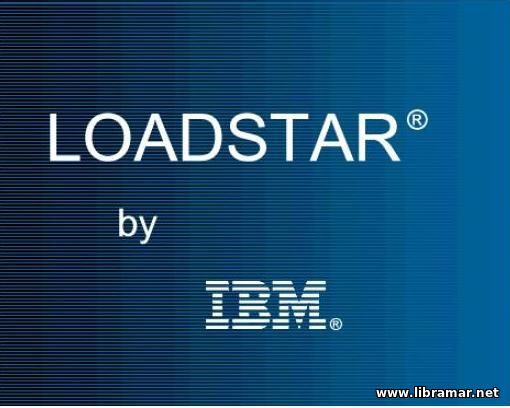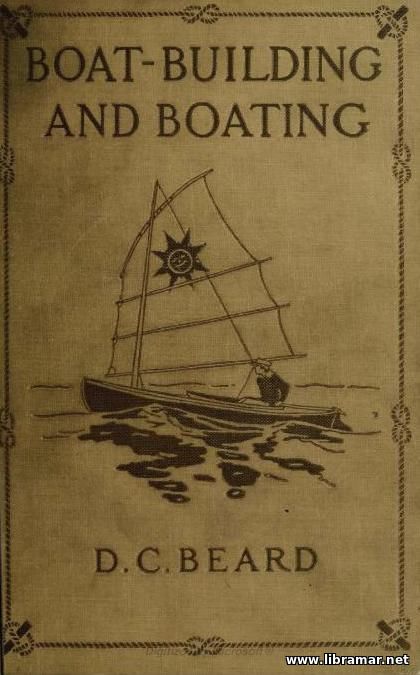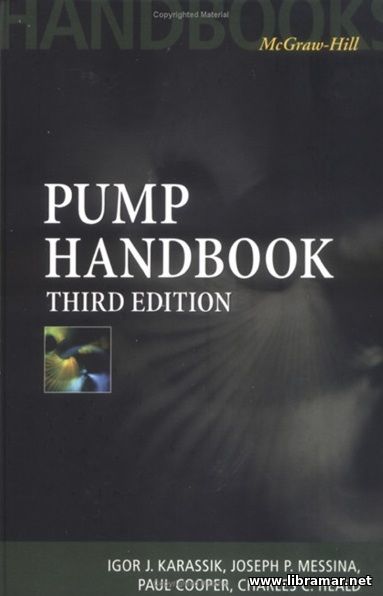Country Requirements Of Ballast Water Management
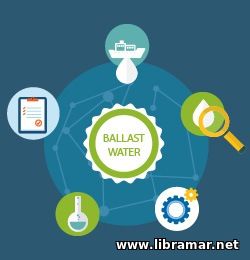
Here we will give you some brief introduction to the difference between regional requirements. Some countries have their own rules of ballast water management and these rules may differ from the ones of the IMO.
For example, before entering the United States exclusive economic zone, all ballast water shall be exchanged wither by sequential or flow-through methods. A special ballast water form shall be filled in and sent to the National Ballast Water Information Clearing House.
A special ballast water permit is required to trade in Californian waters. For the Great Lakes and Hudson River above the George Washington Bridge, a separate ballast water form has to be filled in.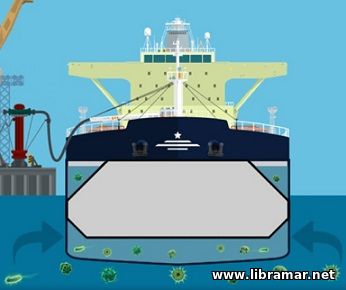
The Scapa Flow terminal on the Orkney Island in the United Kingdom is today the only terminal with facilities to receive all ballast water ashore. They have a capacity of forty thousand BBLS per hour.
Canada requires ships entering Canadian waters to perform ballast water exchange at sea, as far from land as it is practicable and in ocean depth greater than two thousand meters. In exceptional circumstances and for ships that have not left the North American Continental Shelf on the inbound voyage, the exchange may be made in internal Canadian waters within the Lawrence channel and in water depth exceeding three hundred meters. Such exchanges should be restricted to the areas South-East of 63 degrees West.
Argentine requires in-tank treatment by adding chlorine to ballast water through air pipes.
Australia is probably the country with strictest rules regarding ballast water management. They require following information to be recorded and saved for not less than two years: ballast water uptake locations given as a port of uptake or in longitude and latitude, identification of any ballast water tanks when the source of ballast water is unknown, ballasting start and end times, dates and volume of all ballast water taken on board, all Australian ports of intended ballast water discharge, date the ballast water is to be discharged in Australian ports or waters, time the ballast water is to be discharged in Australian ports or waters, ballast water being discharged – indicate whether it is a full or partial discharge, location where ballast water exchange took place, e.g. at sea, in deep mid-ocean, outside of Australian twelve nautical mile limit.
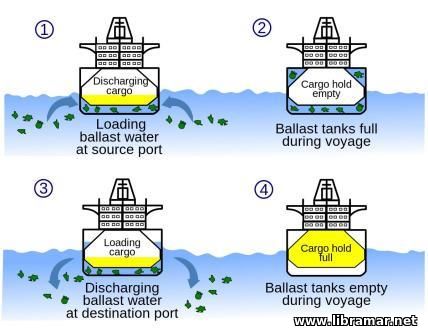 In addition, you will need to confirm depth of water where ballast water exchange was conducted, e.g. 200 meters or greater, ballast water pumps used during the ballasting and de-ballasting operations, capacity of the ballast water pump per hour in metric tons, capacity and volume of the ballast water tank being pumped, time, duration for the ballast water being pumped to undergo full exchange, amperage or kilowattage of the ship’s generators prior to and during the ballasting operation, ballast water exchange percentage, date when the ballast water sea suction strainers were last inspected and whether they are in good order and prepared, records of damage and/or repair made to the ballast water equipment including ballast pumps, tanks, and piping etc. They also require all ballast water exchange to be recorded on a separate form.
In addition, you will need to confirm depth of water where ballast water exchange was conducted, e.g. 200 meters or greater, ballast water pumps used during the ballasting and de-ballasting operations, capacity of the ballast water pump per hour in metric tons, capacity and volume of the ballast water tank being pumped, time, duration for the ballast water being pumped to undergo full exchange, amperage or kilowattage of the ship’s generators prior to and during the ballasting operation, ballast water exchange percentage, date when the ballast water sea suction strainers were last inspected and whether they are in good order and prepared, records of damage and/or repair made to the ballast water equipment including ballast pumps, tanks, and piping etc. They also require all ballast water exchange to be recorded on a separate form.
The "Read Later" function allows you to add material to this block with just one click. Just click on the icon and read the articles that interest you at any convenient time.
